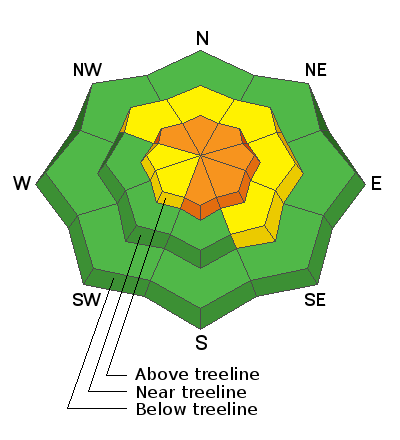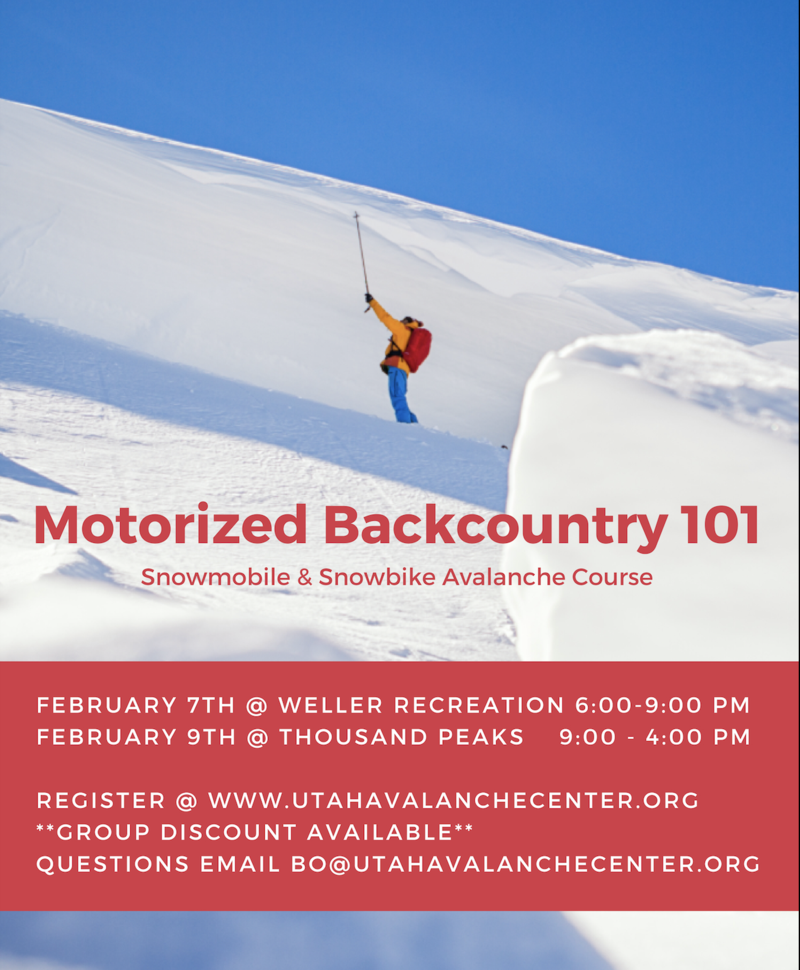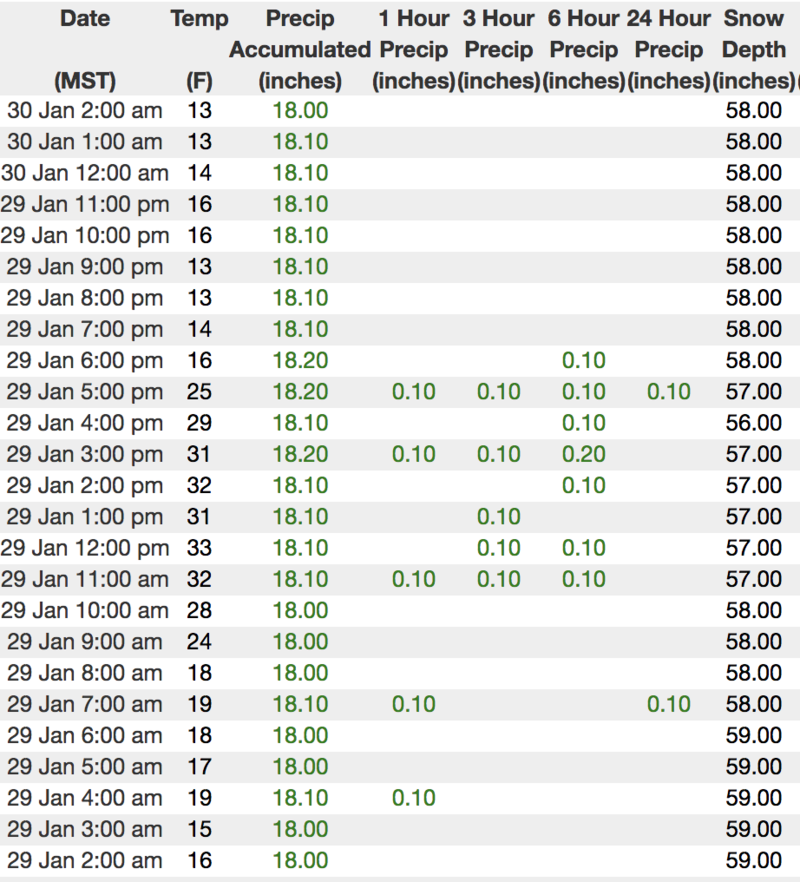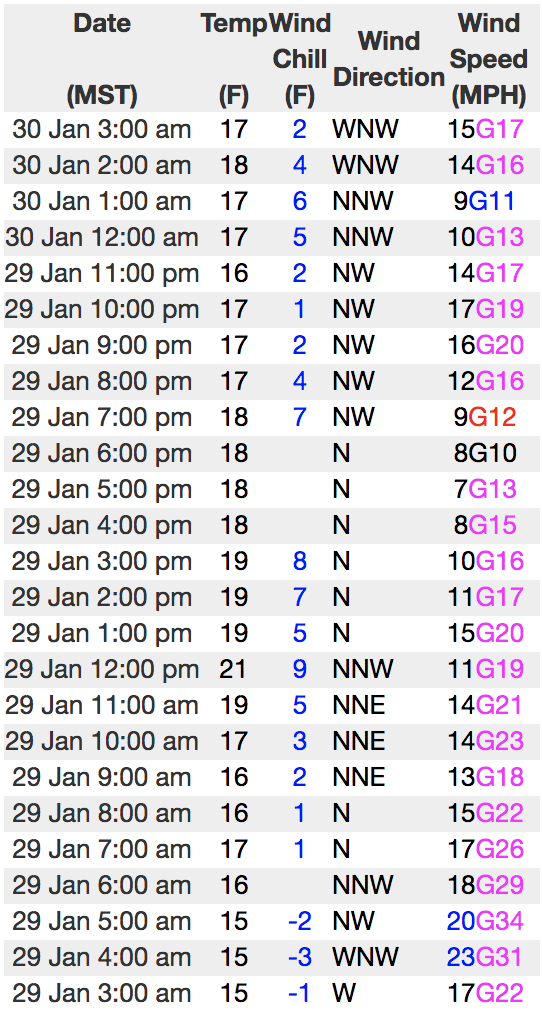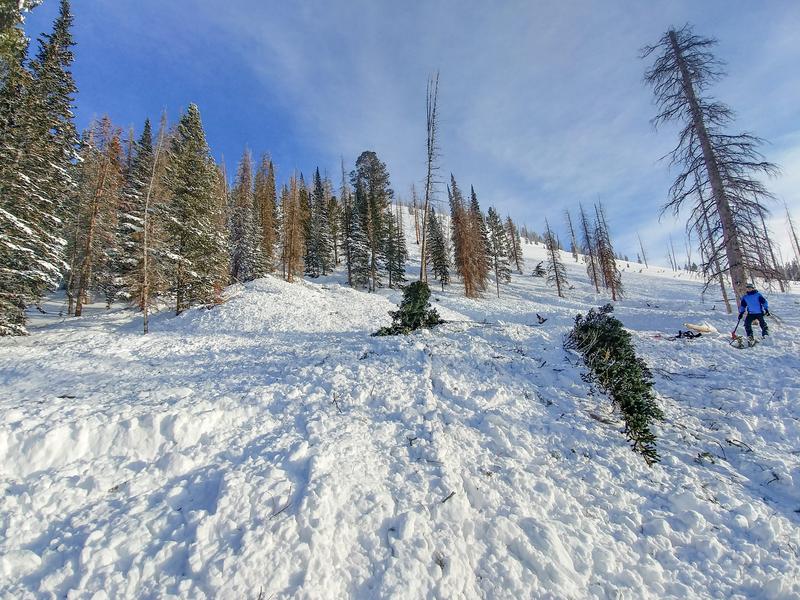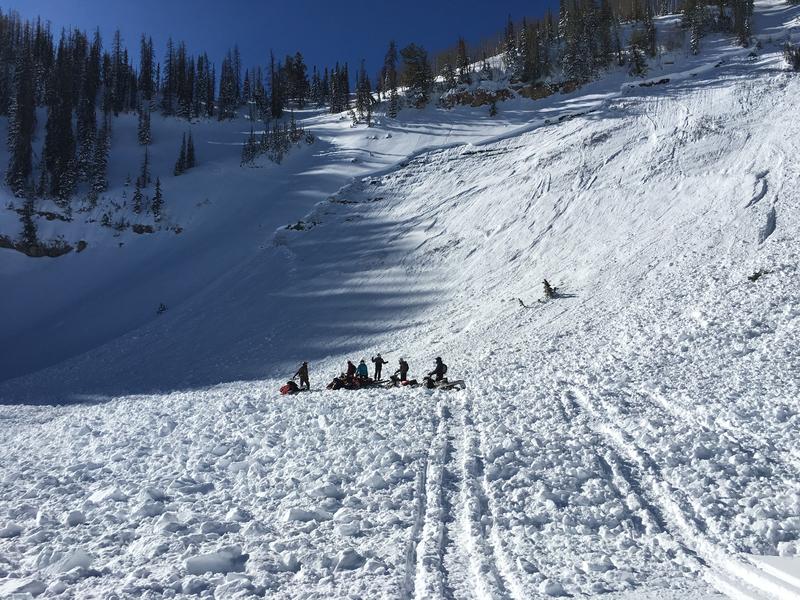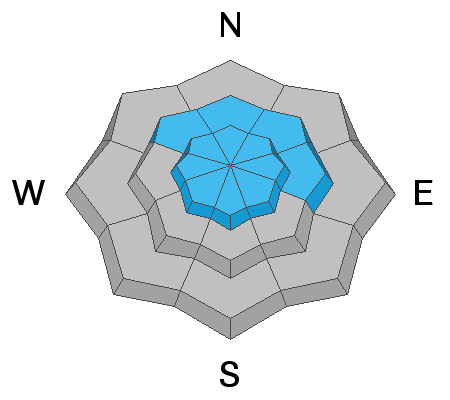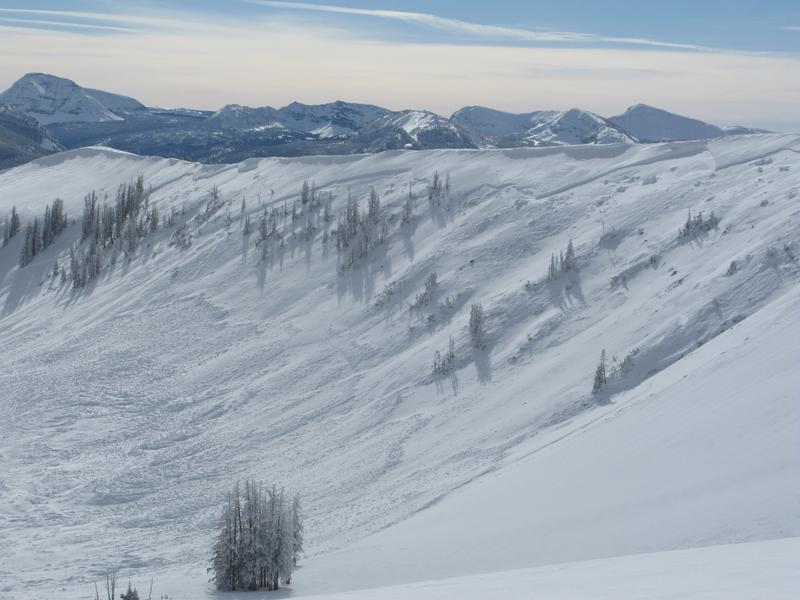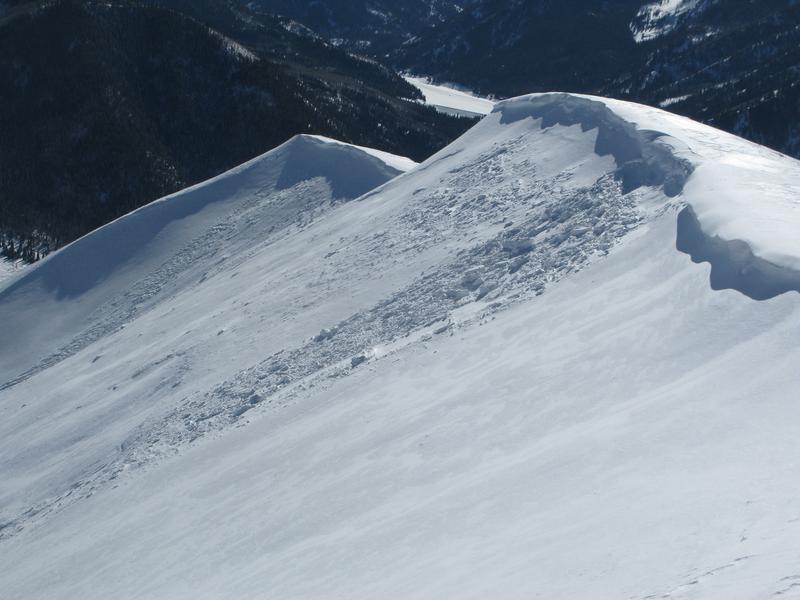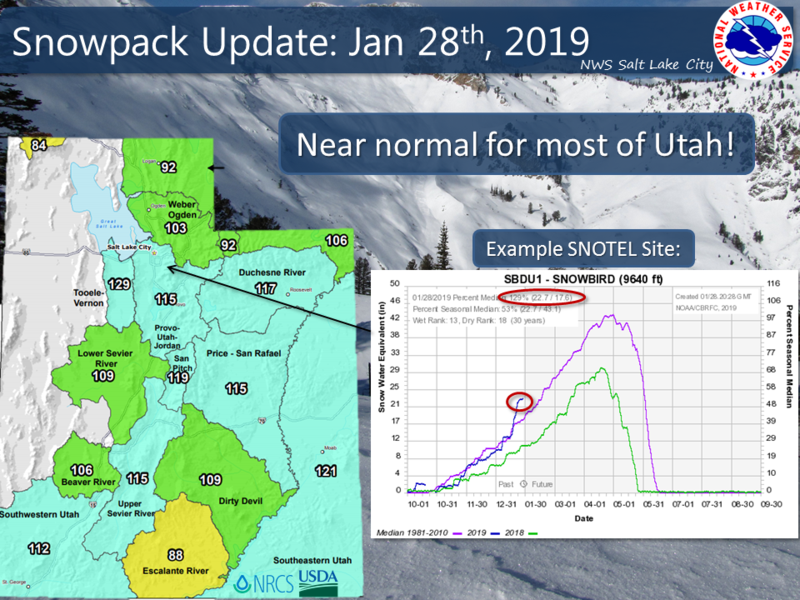This snowmobile triggered slide in the image above from a week ago in Upper Moffit Basin, is the type of avalanche dragon we're dealing with. Once initiated, any avalanche that breaks into deeper buried weak layers in the pack will quickly get out of hand.
Great work by these two men-
Over the weekend, Bo and Andy rode out of Chalk Creek and visited Friday's, Humpy Creek, sled triggered avalanche. They have a most excellent trip report and snowpack evaluation, which is found
here. And below is their take on persistent slabs, stability, and riding habits.
"A Persistent Slab Avalanche problem should make you pay attention and approach slopes with caution. Avalanches are breaking 2'-6' feet deep and hundreds of feet wide throughout the Uinta Range. Last weeks storms and wind events added a significant load of snow that stressed weak layers in our snowpack. Some slopes avalanched naturally early last week- during the storm, other slopes are hanging in balance waiting to be triggered. With a Persistent Slab Avalanche problem, it is unlikely that you will experience any obvious signs of instability while out riding (such as collapsing or cracking) The most important thing to pay attention to is the fact that there have been multiple human-triggered avalanches over the past 3 days throughout the range."
BOOM... NAILED IT!
Yes... we're dealing with a much different avalanche problem than we usually see in the western Uinta's and because of the snowpack structure (strong snow on a thin layer of weak, sugary snow) you don't have to be climbing a slope in order to trigger a large slide. As a matter of fact, with all the recent avalanche activity we're seeing, here's the common theme.... riders are knocking the legs out from underneath the slab and avalanches are getting triggered from low on the slope, in relatively low angle angle terrain. This puts us in a dangerous position on the slope and right in the avalanche cross hairs. So even if we're playing in low angle terrain we need to look around a see if we're connected to steep terrain above or adjacent to where we're riding. We've had multiple near misses and a few close calls this week, and here's the reality.... it's just a matter of time before we run out of luck.
It doesn't mean we can't ride, but it's tricky out there and here's why. Many steep slopes throughout the range experienced a widespread natural avalanche cycle late last week, but recent snow and wind has filled in much of that evidence. So today it's all gonna look white and that's the challenge. You can ride some slopes without incident (perhaps they already slid) and think you're good to go, while an adjacent slope that remained intact throughout the storm, is just waiting for a trigger like us to roll up and tip the balance.
Of course you wanna know... "how do we manage an unmanageable avalanche?" Well with all the great riding out there and plenty of alternative options, we simply avoid the terrain where it exists. You know the drill by now.... steep, rocky, wind drifted slopes, especially those facing the north half of the compass. Listen to this groups decision making process
here.This viddy clearly illustrates our current setup. Bo and Andy commented, "In some test pits it was very easy to initiate failures and in others, it was more difficult. The common theme among all of the tests was that they were breaking deep in the snowpack on old snow. This tells me that in some areas, the avalanches might be less sensitive to trigger but if you trigger an avalanche it will break deep."

